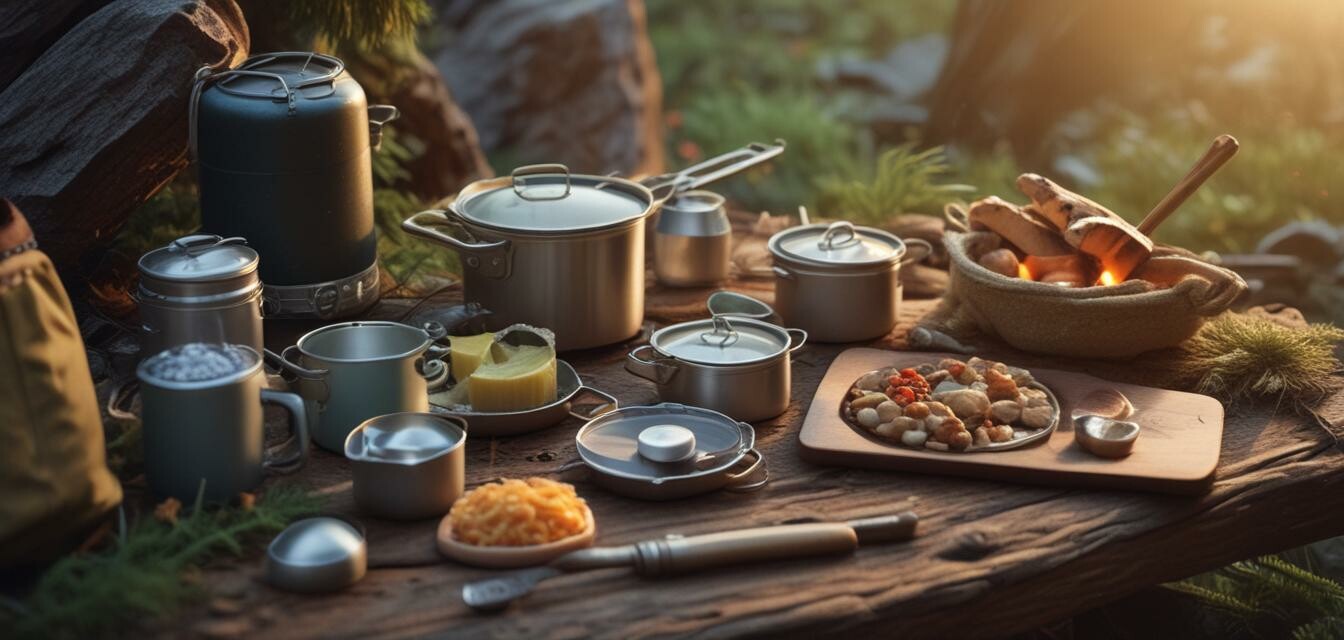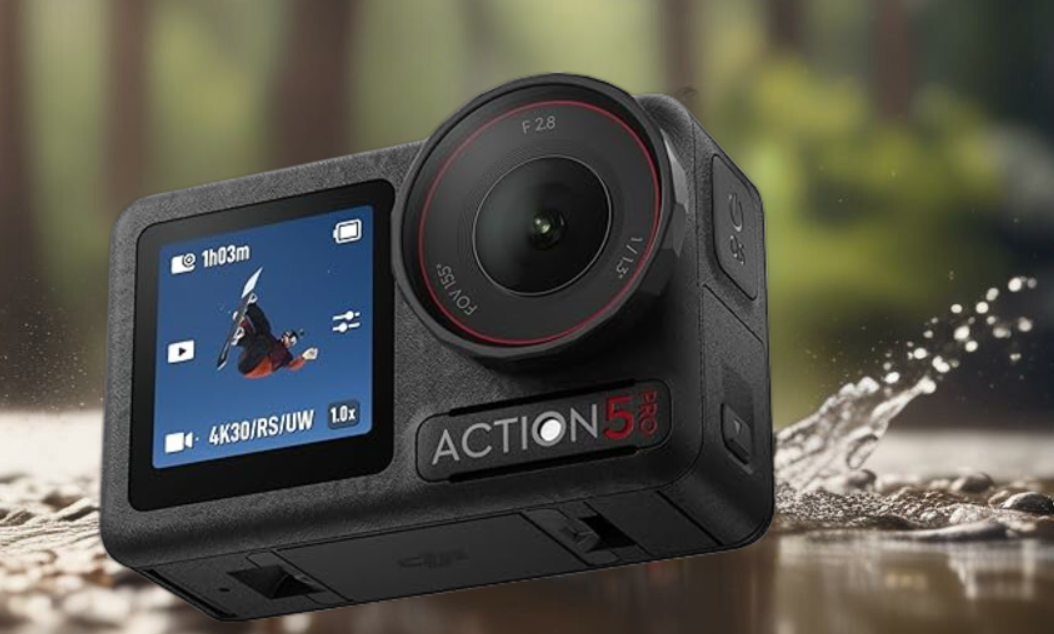
As an Amazon Associate, I earn from any qualifying purchases, at No Extra Cost to You.
Unique Cooking Techniques for Backpackers
Key Takeaways
- Use lightweight cooking gear to save space and weight.
- Experiment with one-pot recipes for easy meal preparation.
- Consider alternative cooking methods like cold soaking or solar cooking.
- Incorporate flavor-boosting ingredients to enhance trail meals.
When you're out in the wild, cooking can often feel like a hassle, leading to bland meals that don't satisfy your appetite. However, backpacking doesn't mean you have to compromise on flavor or variety. With some unique cooking techniques, backpackers can create delicious meals on the trail. In this article, we’ll dive into innovative cooking methods, one-pot recipes, and essential gear that will elevate your outdoor dining experience.
Why Cooking Matters on the Trail
Cooking while backpacking is not just about fueling your body; it also brings a sense of comfort and enjoyment, helping to connect you with your adventure. Here are a few reasons why cooking is vital while on the trail:
- Nutrition: Proper meals provide the energy you need to tackle those rigorous trails.
- Variety: A diverse diet can alleviate the monotony of regular trail food.
- Mental Boost: Cooking and enjoying a meal can lift your spirits during a long trek.
Innovative Cooking Techniques
One-Pot Recipes
One-pot meals are a favorite among backpackers for their simplicity and minimal cleanup. Here’s a quick overview of some easy one-pot meal ideas:
| Recipe | Main Ingredients | Cooking Time |
|---|---|---|
| Pasta Primavera | Pasta, mixed vegetables, olive oil, spices | 20 minutes |
| Chili | Canned beans, tomatoes, spices, cornbread mix | 30 minutes |
| Risotto | Rice, broth, dried mushrooms, cheese | 25 minutes |
Alternative Cooking Methods
Besides traditional cooking, there are several innovative methods that can save weight and time:
- Cold Soaking: A method where you soak dehydrated foods in cold water, allowing them to hydrate over time without the need for cooking. An ideal choice for hot days and less gear to pack.
- Solar Cooking: Utilize sunlight to cook meals in specific solar cookers, perfect for long hikes where you can leave your meal to cook over a few hours.
- Foil Pack Cooking: Prepare meals wrapped in foil; place them on hot coals or grill grates. This method is great for communal meals at a campsite.
Flavor-Boosting Ingredients
Imagine your meal enhanced with an explosion of flavors! Here are some essential ingredients to consider adding to your gear:
| Ingredient | Benefits |
|---|---|
| Spices | Adds variety and depth to your meals. |
| Dehydrated Vegetables | Lightweight and packed with nutrition. |
| Packaged sauces | Easy to carry and can dramatically change flavor profiles. |
Essential Gear for Trail Cooking
To bring your cooking techniques to life, you’ll need the right gear. Below is a list of essential cooking equipment:
- Lightweight cooking pot or pan
- Stove (a compact camp stove is ideal)
- Utensils (spork, spatula, etc.)
- Compact cutting board
- Storage bags for ingredients
Takeaway Tips for Backpacking Cooking
Tips for Beginners
- Start with pre-packaged meals to get comfortable with cooking outdoors.
- Practice cooking at home to understand timing and techniques before you hit the trails.
- Always clean up properly to leave no trace.
Conclusion
Backpacking doesn't mean you have to sacrifice great food! By implementing unique cooking techniques and recipes discussed above, you'll transform your cooking experience in the wilderness. With a little planning and the right gear, your trail meals can be just as enjoyable as those prepared at home. For more tips and insights, check out our article on Buying Guides to discover essential cooking gear and more adventurous recipes.
